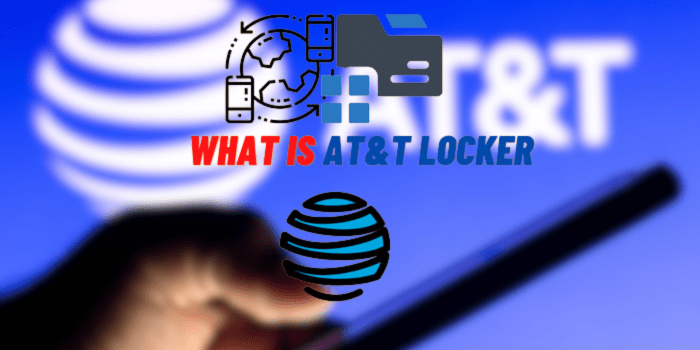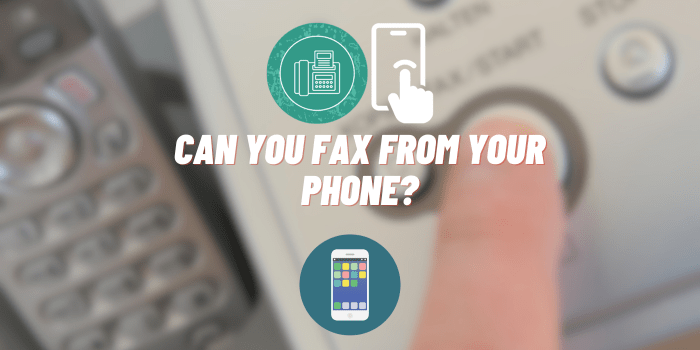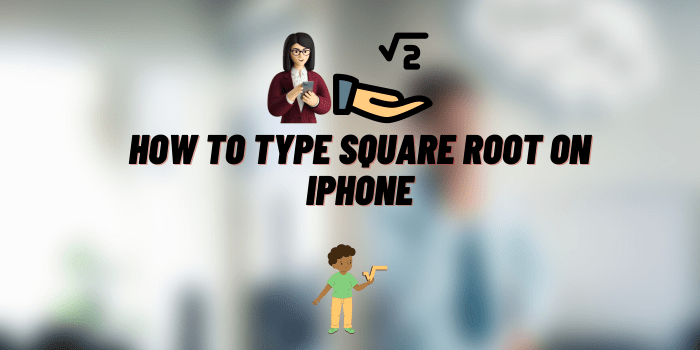How to Know if Someone Turned Off their Location on iPhone?
Location Services on iPhone is a system that allows various applications to access and use a user’s geographical location data. Location sharing enhances connectivity among friends and family, aids in navigation, facilitates local search results, and even assists in locating a lost device. While Location Services can be useful, privacy concerns may lead some individuals to turn it off. This possibility is available in the iPhone’s settings. This article aims to provide an understanding of how to know if someone has turned off their location on an iPhone, with respect to privacy and technical limitations.
About Location Services on iPhone
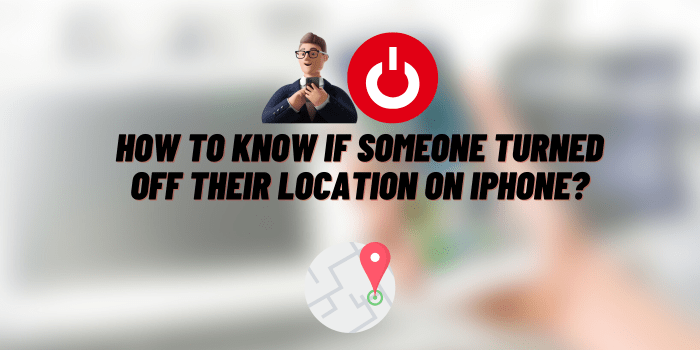
Location Services utilizes GPS, Bluetooth, Wi-Fi hotspots, and cell tower locations to determine the approximate location of a device.
Many apps such as Maps, Weather, Find My iPhone, and social media platforms use location services to provide user-specific content.
Users have complete control over which apps have access to their location data and can toggle location services on or off as they see fit. Apple provides various controls to ensure privacy, including the ability to turn off location sharing with specific individuals or apps.
How to Know if Someone Turned Off their Location on iPhone? – The Guide
Understanding the signs that indicate a location has been turned off on an iPhone can be essential in various contexts. Whether for family safety, coordination, or just keeping tabs on friends during an outing, these signs can provide valuable information. Here are some key indicators:
Grey Location Icon
- What It Means: In apps like Find My Friends or Family Sharing, a grey location icon next to a person’s name usually signifies that the location is turned off.
- Why It Occurs: This can occur when a person deliberately turns off location sharing or when location services are disabled entirely on their device.
- Limitations: Remember that a grey icon might also appear if there are issues with the GPS signal or other technical reasons unrelated to the person’s privacy settings.
No Update on Location
- What It Means: If a person’s location hasn’t been updated for an extended period, it may be an indication that they have turned off their location sharing.
- Why It Occurs: This may happen if a person is concerned about privacy, or if they want to conserve battery life, as location services can be a significant drain on the battery.
- Limitations: Lack of updates can also occur if the person is in an area with poor network coverage or if their phone is off, so it’s not a definitive sign.
“Location Not Available” Message
- What It Means: This message often appears in apps like Find My when someone has turned off their location sharing with you.
- Why It Occurs: The message can appear if the person has selectively turned off location sharing with you specifically, or if they have disabled location services entirely.
- Limitations: This message might also appear if the person’s device is off, in Airplane mode, or if there’s an issue with the network, so it should be interpreted with caution.
Importance of Recognizing these Signs
- For Personal Safety: Recognizing these signs can be vital if you rely on location sharing for safety reasons, such as tracking a child’s location.
- For Coordination: If you’re coordinating a meeting or outing, knowing if someone has turned off their location can help in planning.
- For Privacy: Understanding these signs can also be a part of respecting others’ privacy and recognizing that they may have reasons to turn off location sharing.
- Ethical Considerations: It’s essential to approach these signs with a consideration for ethics and consent, recognizing that individuals have the right to control their location data.
These signs, while indicative, are not always conclusive proof that someone has turned off their location. Always consider the context, technical limitations, and the importance of open communication and consent.
Using Find My App to Check the Location
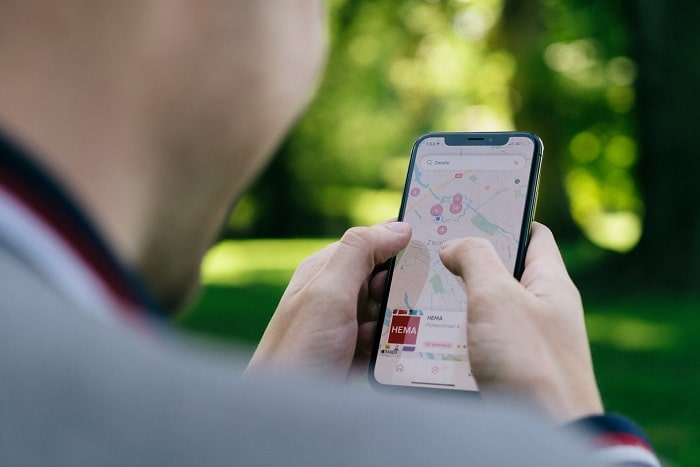
The Find My app on iPhone is a valuable tool for locating friends or family who have shared their location with you.
Simply open the app, navigate to the ‘People’ tab, and select the person whose location you wish to view.
If the location is turned off, you may see a “No Location Available” message, which might indicate that location sharing has been disabled, either selectively or entirely. However, this could also be due to other factors like the device being off or in Airplane mode. Ethical considerations are crucial when using this feature.
Always ensure that you have explicit consent to access someone’s location, and respect their privacy, including their choice to turn off location sharing if they choose to do so.
Understanding Privacy Concerns
Respecting privacy means understanding that individuals may have personal reasons for turning off location sharing. Ensure that you have explicit consent to track someone’s location.
Unlawful tracking can lead to legal consequences. If location tracking is necessary, consider discussing it openly and finding alternative solutions that respect privacy.
Alternatives to Consider
Open dialogue and agreement are often more effective than covert tracking. Discuss and agree on other means of staying connected, if necessary.
In scenarios like tracking children or elderly family members, ensure that all parties understand and agree to the arrangement. Understanding each other’s needs and preferences can lead to a more respectful solution.
Technical Limitations
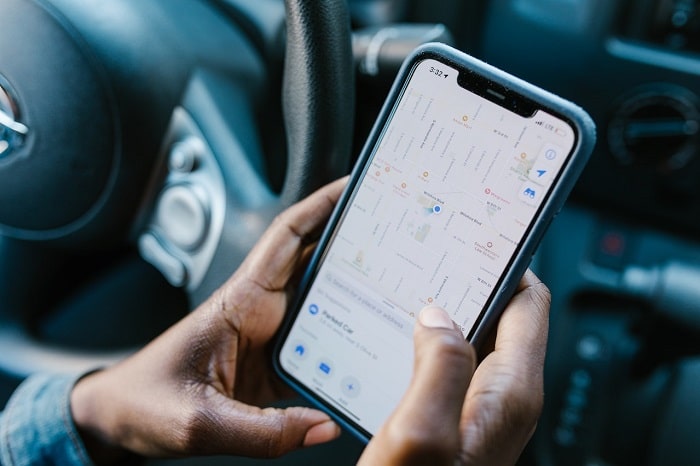
Indeed, the absence of location information does not always mean that location services have been intentionally turned off. Several technical factors might lead to the location appearing to be unavailable. These include:
- Poor GPS Signal: If the person is in an area where the GPS signal is weak or obstructed, such as indoors or in a remote location, their location might not be accurately detected or updated.
- Battery Saving Mode: Many smartphones, including iPhones, have battery-saving modes that may temporarily disable location services to conserve power. When the device is in this mode, location updates might be less frequent or completely unavailable, giving the appearance that location has been turned off.
- Device Turned Off or in Airplane Mode: If the person’s device is turned off, in Airplane mode, or otherwise disconnected from cellular or Wi-Fi networks, the location will not be available. In these cases, you might see a “Location Not Available” message, similar to what you would see if location sharing were intentionally disabled.
These limitations underscore the importance of not jumping to conclusions if a person’s location is not available.
Various technical factors can influence whether or not a location is accessible, and these should be considered alongside the possibility that a person has intentionally turned off location sharing.
It emphasizes the complexity of location tracking and the need for clear communication and understanding between parties involved.
Conclusion
Knowing if someone turned off their location on iPhone involves recognizing certain signs and considering ethical and technical factors. Respecting privacy and maintaining open communication are paramount. Being aware of technical factors helps in making accurate assessments. Understanding and respecting someone’s decision to turn off location sharing on their iPhone is a cornerstone of trust and personal privacy. Consideration for individual choices, clear communication, and ethical practices must guide our interactions in this digital age.

